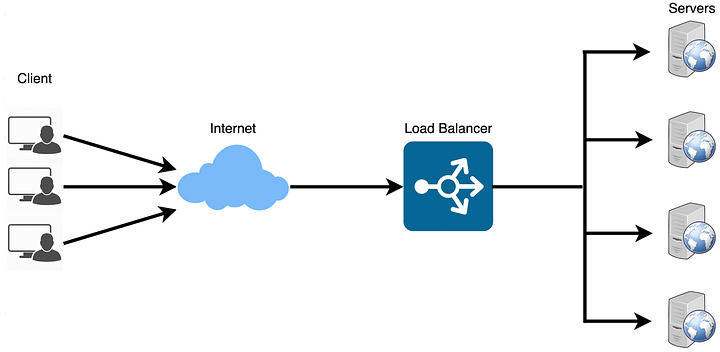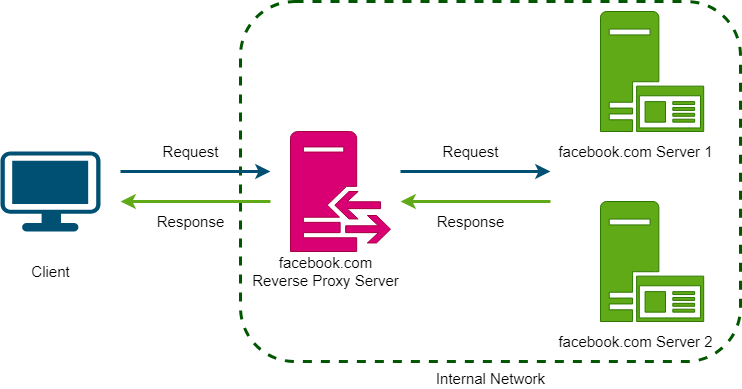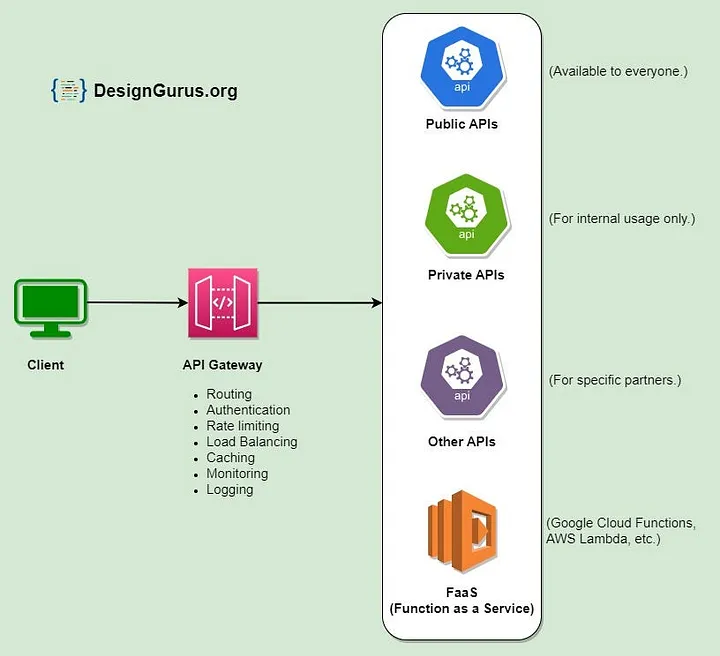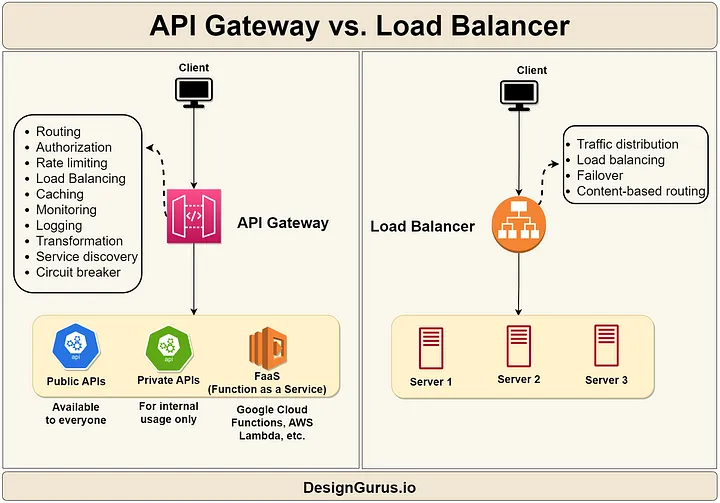Learn about the differences between load balancers, reverse proxies, and API gateways in one article

Learn about the differences between load balancers, reverse proxies, and API gateways in one article
Introduction
Do you understand the differences between components as diverse as load balancers , reverse proxies, and API gateways? Not sure which component is best for your web application? These key components play a vital role in modern web architecture, and understanding how they work is critical to building efficient, secure, and scalable web applications. In this article, we will demystify these concepts and hopefully help you make informed decisions for your next project architecture implementation.
Next, use an inappropriate metaphor to initially understand the functions of each component: Imagine that in an express processing center, the load balancer acts as the foreman, ensuring that each sorting worker has a relatively even workload to achieve the load; conversely Xiang agents are skilled workers, responsible for quickly knowing that different express delivery is sent to different destinations and ensuring correct processing; API gateway is the central manager, responsible for supervising and controlling all aspects of sorting. Now, let's apply this analogy to the world of Web applications.
Did you know that websites like Amazon and Netflix handle billions of requests every day? Faced with such large traffic, it is crucial to distribute the load efficiently. Enter the load balancer, which optimizes performance and ensures high availability. But how is a load balancer different from a reverse proxy? When should each component be used? We’ll dive into these questions and more.
load balancing
 picture
picture
Load balancing is a technology that allocates workloads (such as network traffic, data requests, computing tasks, etc.) to multiple computing resources (such as servers, virtual machines, containers, etc.) in order to optimize performance and improve reliability. and increased scalability. A load balancer typically sits in front of an application and accepts and distributes incoming requests. By using algorithms to determine the best way to distribute requests, a load balancer prevents any one resource from being overloaded or failing and causing the application to degrade or become unresponsive.
Load balancing can be implemented in a variety of ways, such as allocating requests based on polling, based on the least number of connections, based on IP hashing and other algorithms. Load balancing can also be implemented using hardware appliances or software, or a hybrid solution that combines both. Load balancing can be achieved using a variety of solutions, the following are common ones:
- Hardware load balancing: Use dedicated hardware devices for load balancing, such as F5, Cisco ACE, etc.
- Software load balancing: Use software programs to perform load balancing, such as HAProxy, Nginx, Apache, etc.
- DNS load balancing: Load balancing is performed through DNS resolution, such as using DNS polling or weighted scheduling.
- Firewall load balancing: Use firewall devices for load balancing, such as Fortinet, Checkpoint, etc.
- Virtual IP load balancing: Combine multiple physical devices into a virtual device and perform load balancing by sharing an IP address, such as LVS, Keepalived, etc.
- CDN load balancing: Use a content distribution network (CDN) for load balancing, such as Alibaba Cloud CDN, Tencent Cloud CDN, etc.
reverse proxy
A proxy is a special network service. In layman's terms, the agent acts as a relay between the client and the service. We can connect between client and server through proxy. A reverse proxy proxy is a server/website. The reverse generation server is responsible for receiving the client's request and then transmitting it to the intranet server/website.
 picture
picture
If your backend server has sensitive information that must remain secure, such as a database of credit card numbers, you can set up a proxy server outside the firewall to act as a "stand-in" for the backend server. When an external client attempts to access the backend server, it is sent to the backend server. The actual content resides on the backend server and is securely protected inside the firewall. The proxy server sits outside the firewall and appears to the client as a backend server providing services.
API gateway
API gateway is the only entrance to a system. It is the only outlet for many distributed services. It achieves physical isolation, and intranet services can only be exposed to the external network and accessed by others through the gateway. From a business level, when the client completes a certain business, it needs to call multiple microservices at the same time. From a system level, if any application system needs to be called by other systems, it needs to expose APIs. These APIs represent functional points. It provides a unified access entrance for external calls. Provides identity authentication, rights management, traffic control, monitoring, cross-domain processing, etc.
 picture
picture
Due to the popularity of microservices, API gateways have quietly emerged. The API gateway itself explains the reason for its existence. It not only provides a service facade, but also can coordinate communication between different systems and serve different client interfaces.
Load Balancer, Reverse Proxy, and API Gateway Comparison
How is a load balancer different from a reverse proxy? While both components distribute requests, load balancers primarily focus on improving performance, availability, and fault tolerance by distributing traffic among multiple backend servers. Reverse proxies, on the other hand, operate at the application layer and provide additional features such as URL rewriting, content compression, and access control. So, when should you choose a load balancer or a reverse proxy? It depends on your specific requirements and whether you need advanced application-level functionality.
But what about API gateways? API gateways are best suited for microservices architectures, where multiple APIs require centralized management, security, and scalability. Unlike load balancers and reverse proxies, API gateways provide advanced features such as authentication, rate limiting, request/response transformation, and monitoring. If your application relies heavily on APIs, an API gateway can be an invaluable addition to your architecture.
 picture
picture
In many cases, you'll find load balancers, reverse proxies, and API gateways working together to create efficient, secure, and scalable web applications. For example, you can use a load balancer to distribute traffic across multiple reverse proxies to protect and optimize requests to your backend services. Alternatively, you can use an API gateway with a load balancer to manage and scale your API while maintaining high availability.
Summarize
Utilizing load balancers, reverse proxies, and API gateways can be difficult to differentiate and choose in your business architecture, but with the right knowledge, you can make informed decisions and choose the perfect components for your web application .
Remember, load balancers distribute traffic among multiple backend servers, reverse proxies provide additional application-level functionality, and API gateways provide centralized management and security for microservices-based applications.